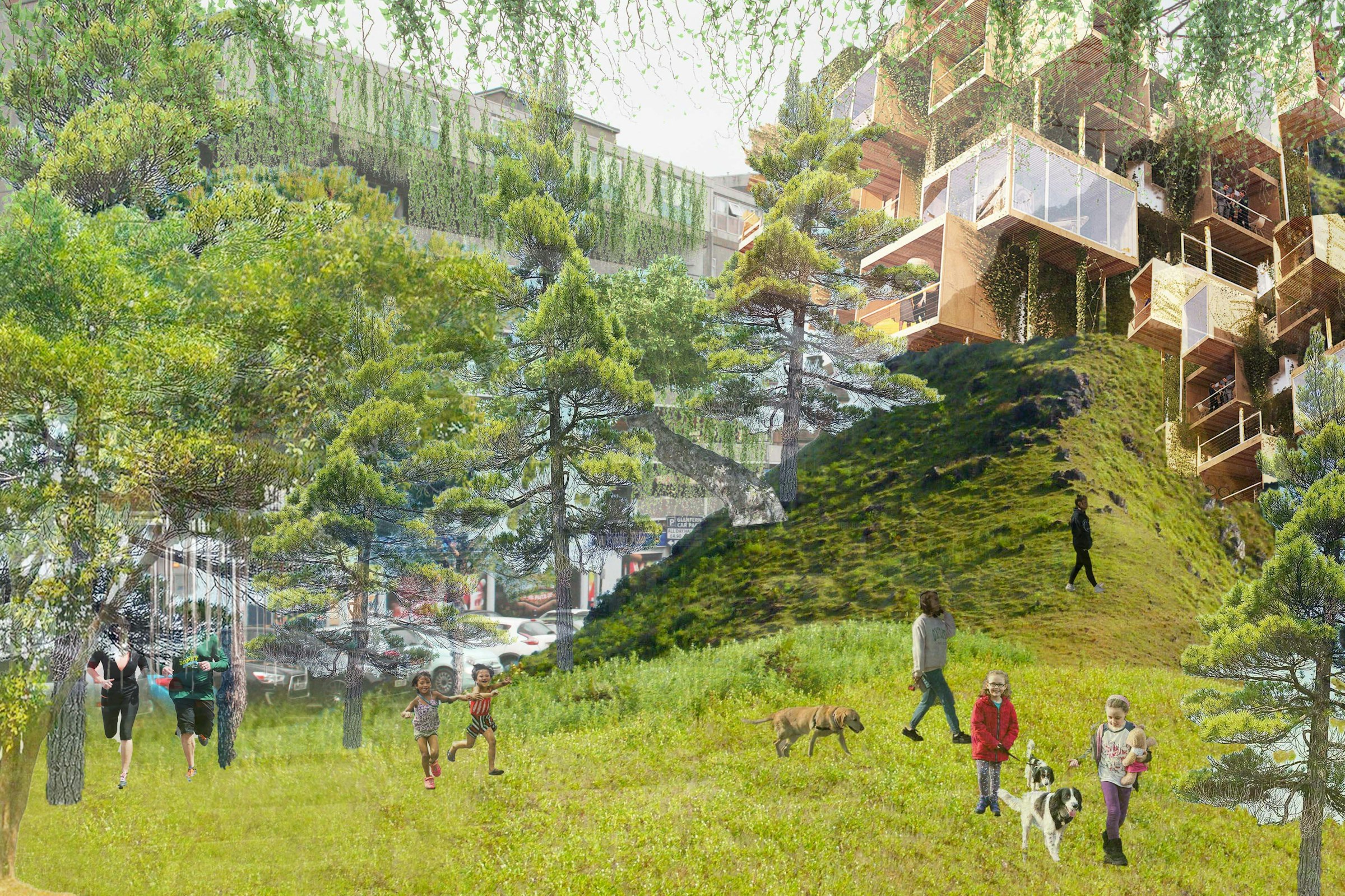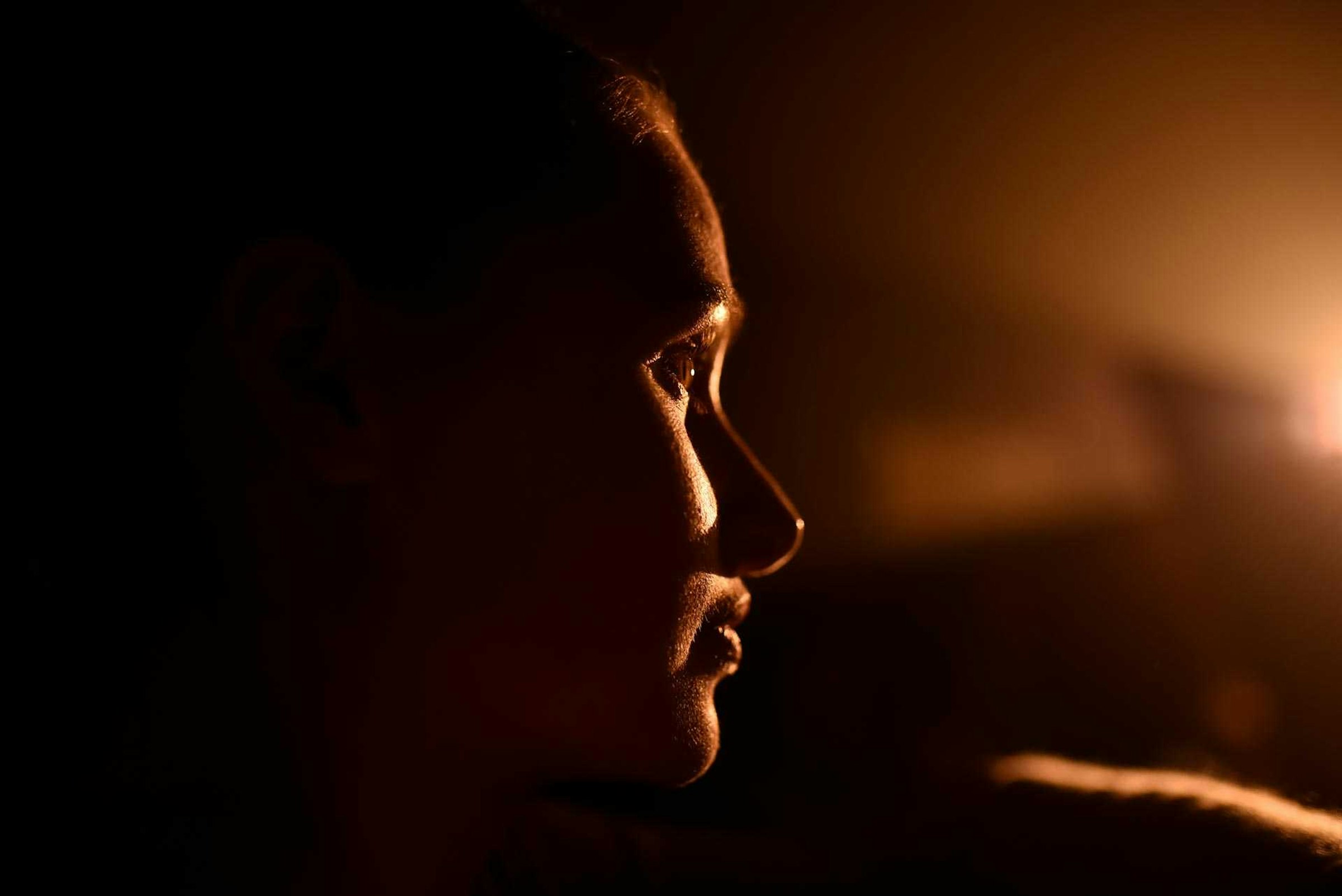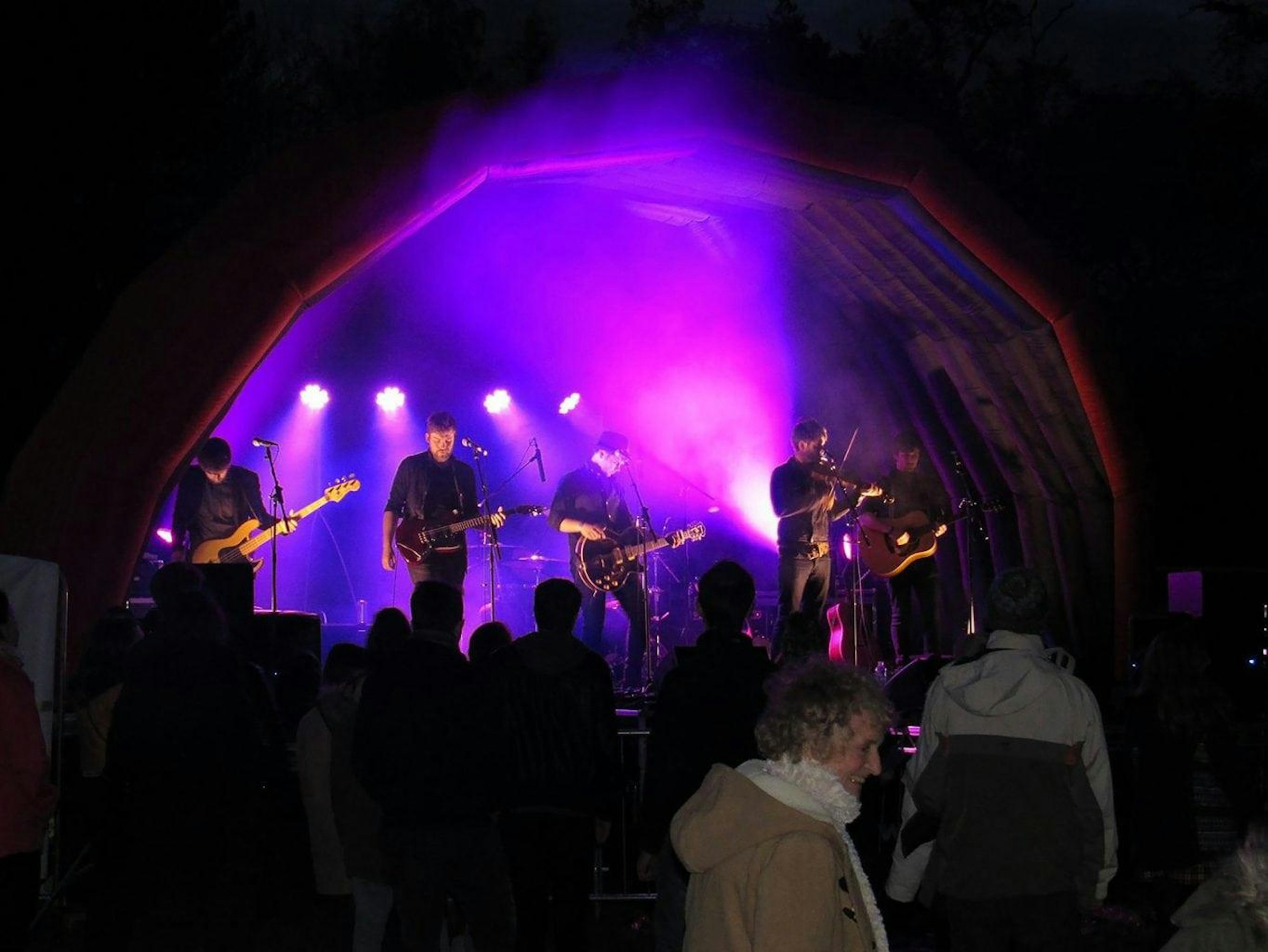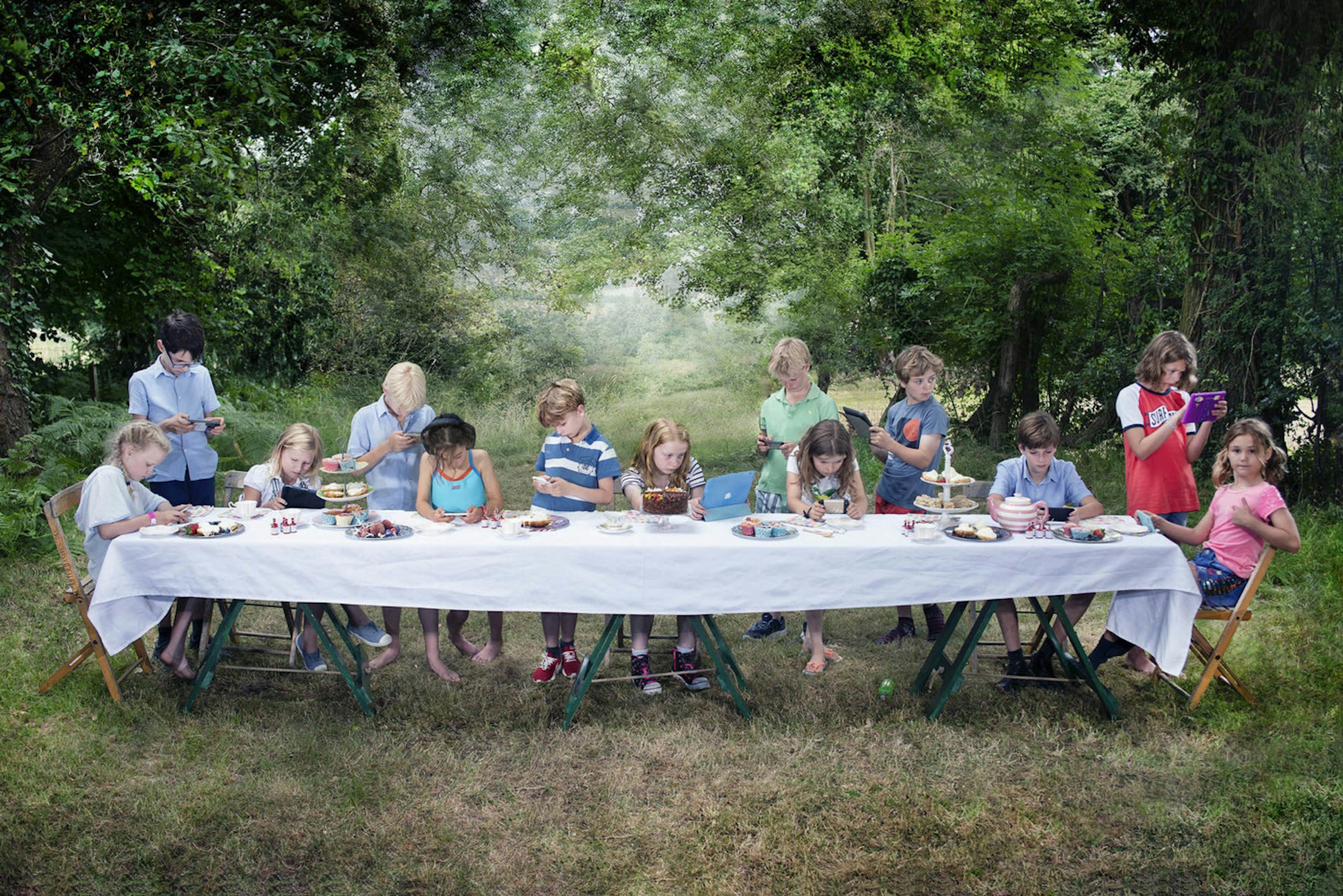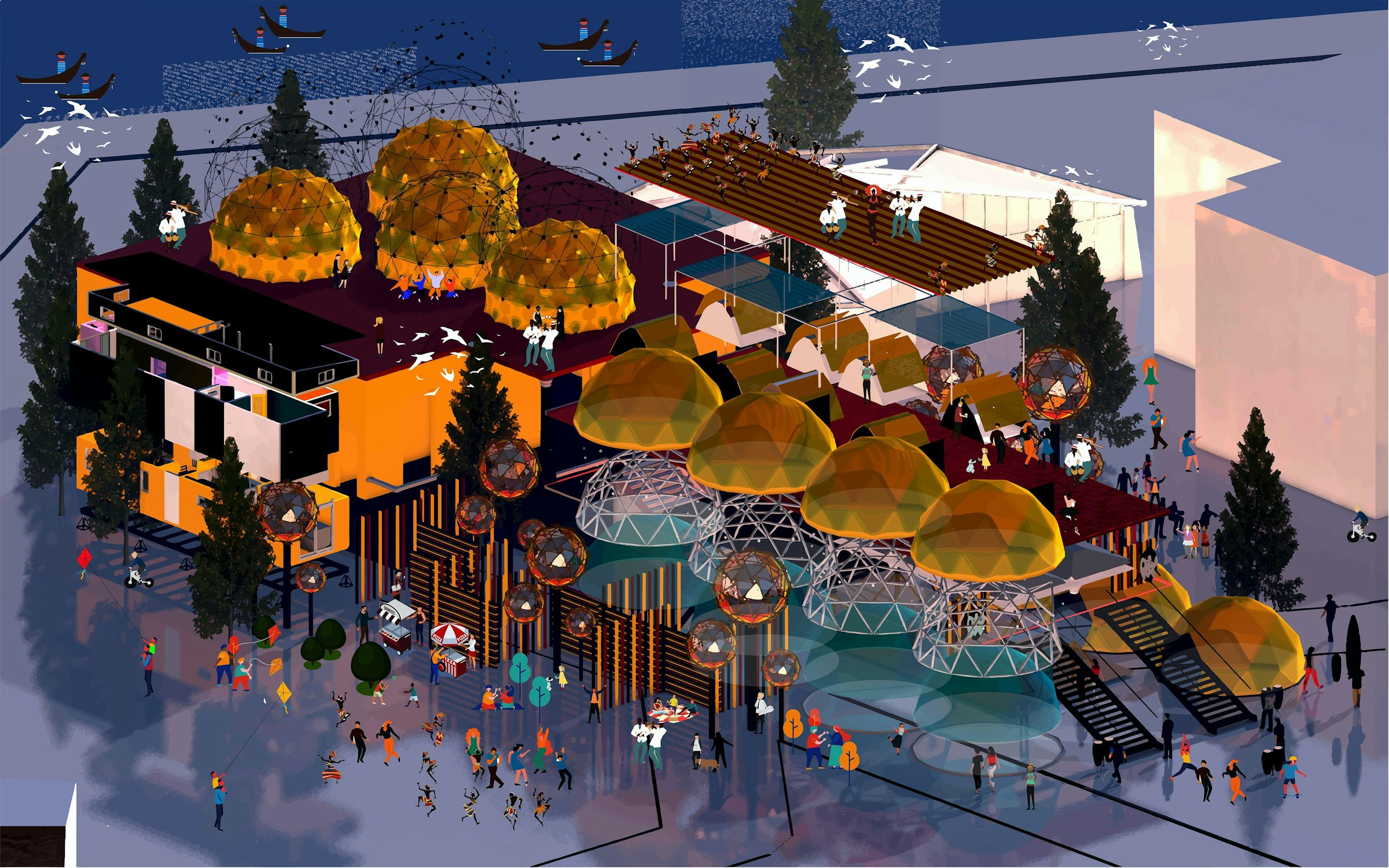
BA (Hons) Architecture students (Part 1 ARB/RIBA) from Arts University Bournemouth (AUB) have been working with the Centre for Homelessness Impact to understand more about the causes and effects of homelessness across the UK.
The undergraduate students heard from members of the local community with lived experience of homelessness, as well as representatives from BCP Council and the Centre for Homelessness Impact, a charity that looks to improve the lives of people experiencing homelessness through better use of data and evidence.
The University partnered with the Centre for Homelessness Impact in November last year to host the UK’s first Higher Education and Homelessness Conference, alongside sector organisations including Office for Students, Higher Education Policy Institute (HEPI), and the Unite Foundation.
Ahead of the visit, second-year Architecture students created architectural ‘dolls house diorama’ models of spaces that best defined ‘home’, discussing the concept of belonging and seeking to understand more about the values of independence, empowerment, and privacy, acquired through property and ownership.
BA (Hons) Architecture student Sam Marshall said: “Our main project this term is designing for communal housing, and different units including high-rise, low-rise, family spaces and studio spaces. Designing our own homes through this exercise helps us to think about our own living situations as well as other people’s.
"I chose to make my mum’s living room, with a cobbled floor, beams and greeny-brown colours often seen in the Cotswolds. There’s also a lot of personality in what we’ve been making, you can really see people’s passions and interests come to life.”
Timothy Christian Murphy, Visiting Tutor for L5 Architecture, said: “The dioramas have turned out beautifully, with a wide range of rooms, arrangements, materials, and items, which have been linked together with laser-cut ladders to create almost a little city.
“It’s a unique exercise because we don’t critique this project, and usually we're assessing most student work, so it allows students to not feel any fear of being judged – they’re able to really put themselves into their work here.”
During their talk, the Centre introduced students to their mission to create a society where any experience of homelessness is prevented whenever possible and, where it can't be prevented, it's a rare, brief, and non-recurring experience.
The charity shared how their outcomes framework (SHARE) guides efforts and provides a bird's-eye view of what it takes to prevent homelessness at population level, helping to track progress.
The BA (Hons) Architecture Course Leader said: “What does it mean to be homeless? I think we all have ideas about people living on streets, but homelessness is far more complex than this. There’s an overarching question about why some countries can experience such low levels of homelessness compared to the UK.
“Architecture is on a spectrum, it’s something between being very excessive and over-designed, even unnecessary, and then there’s fundamental architecture that serves needs, a socially invaluable thing.
“We’re not here to tell students where they might aim on that, but through having the Centre for Homelessness Impact visit us today, we’re showing students that architecture can be politically and socially motivated too.”
Second-year BA (Hons) Architecture student Lucy Harris said: “It’s been really interesting to hear from people with lived experience of homelessness; how they have been living and how we can interpret their situation into the ways that architects work.”



